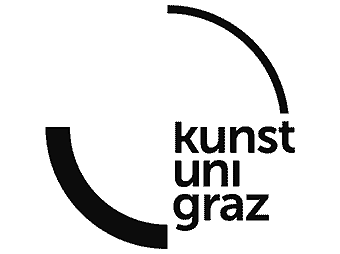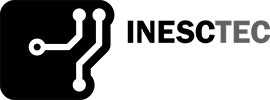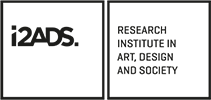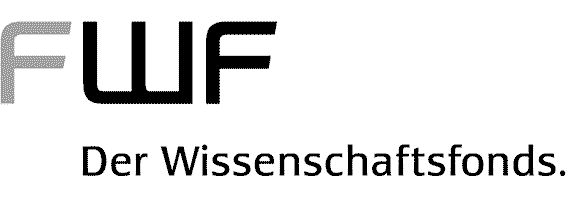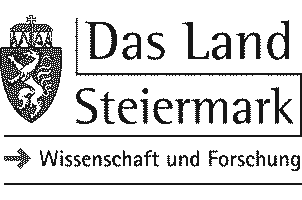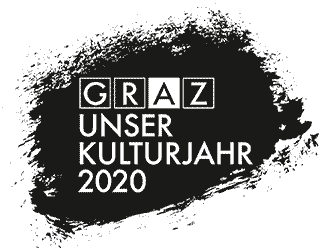New Eyes: Probing the Visual Cultures of the Technosphere
The emergence of the technosphere, a planetary accidental megastructure comprised of networked emerging technologies, leads to novel ways of seeing and understanding our environments. The paper questions the impact of these new visual cultures on architecture and urban design, practices that rely heavily on visual media. The research is contextualised and framed in contemporary design and artistic practices engaging with digital technologies as means of understanding the complexities of our technologically saturated environments, The paper looks into a series of case studies that probe the visual cultures of the technosphere, looks at emerging technologies as a lens for mapping environments and discuss the medial practices and strategies developed in the work.

